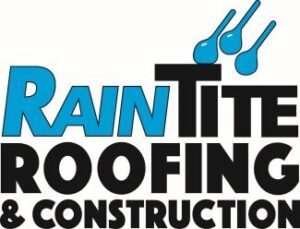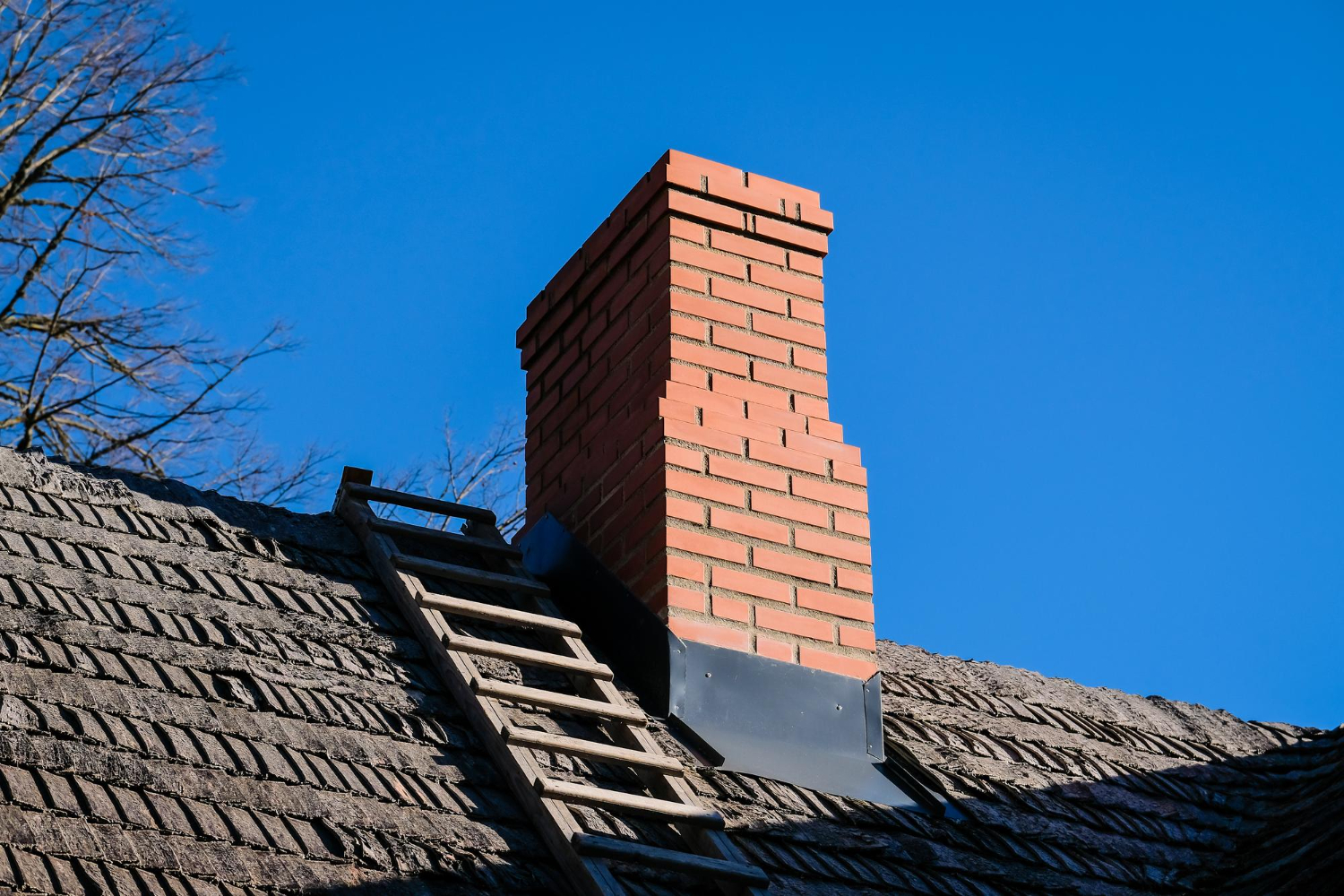If you’ve noticed dark patches or discoloration on the wall or ceiling near your chimney, don’t ignore them. Water stains in that area are more than just a cosmetic problem. They often mean that something’s going wrong with your roofing or chimney setup. For homeowners in Rapid City, where freezing temps, snow, and wind are common by mid-November, catching the source of the problem early is important.
Water damage near a chimney can hint at several repair needs. And while it’s easy to brush it off as a small leak, that moisture can lead to mold, rotting drywall, or even structural damage. If the issue stays unresolved through the colder months, you might face more repairs than you’d planned for when spring rolls around. Getting ahead of it now could save time, stress, and money later.
Why Water Stains Appear Near Chimneys
Understanding where the stains come from can help you figure out what might be failing on your roof. Around chimneys, there are plenty of places for water to sneak in.
Here are the most common causes:
– Cracked or loose flashing: Flashing is the thin metal sheet that seals the space between your chimney and roof. Over time, with heat and cold pulling metal in different directions, that seal gets weak or pulls away from the surface. Once that happens, water can get under roofing materials and leak into your home.
– Deteriorating sealant or caulk: The edges where the chimney meets the roofline are also sealed with caulk or another waterproofing product. These materials can dry out, crack, or wash away after years of exposure to snow, ice, and summer heat.
– Leaky roof shingles: If the roofing materials close to the chimney are damaged or missing, water will often pool in these spots and find its way inside.
– Masonry cracks: Chimneys made from brick or stone can develop cracks through repeated freezing and thawing. Water gets trapped in the cracks, freezes again, and makes the gaps worse.
For homes around Rapid City, winter weather adds another layer of stress to your roof and chimney system. Snow sits heavy on the roof and melts slowly, especially when the heat from indoors causes uneven thawing. That meltwater can slip through small cracks and faulty seams. Once the temperature drops at night, any water in those cracks can freeze again, forcing the materials wider apart each time.
Signs Your Chimney Needs Repair
Spotting the problem early helps keep water damage from spreading. If your chimney or roof are leaking around that area, here’s what to watch for inside your home:
– Brown, yellow, or grayish stains on the ceiling or upper walls near your chimney
– Peeling paint or sagging drywall
– A damp or musty smell that doesn’t go away with cleaning
– Flaking or efflorescence on the inside or outside of your chimney bricks
– Visible mold or dark spots near wall joints or ceiling corners
You might also hear dripping sounds behind the walls after a snowfall or rain, even if you don’t see puddles. That could mean a leak has made its way into your insulation. The longer that moisture is left alone, the more damage it can cause, not just to your house, but to your air quality too.
One example we’ve seen often is when a homeowner calls after noticing a faint shadow on the ceiling near the chimney. Turns out the flashing had pulled up on one side without them knowing, allowing water to dribble in during heavy snow. By the time stains showed up, the insulation above had already started to mold. That’s how small signs can point to something bigger.
The Role of a Professional Roof Repair Contractor
When stains start showing up near a chimney, the first thought might be to patch the area up or repaint the ceiling. The problem is, water doesn’t travel in a straight line. That stain you’re seeing might be the result of damage several feet away. This is exactly why professional help matters.
A licensed roof repair contractor knows where and how to look. They don’t just check the spot where water comes through. They go deeper to find the entry point and assess any hidden damage around the chimney or roofline. In Rapid City, where winters are harsh and spring brings thawing conditions, this full view is even more important.
Here’s what a skilled contractor may do during the inspection:
1. Check the flashing around the chimney for any gaps, rust, warping, or breakage.
2. Look for worn or missing shingles in the surrounding area.
3. Inspect sealants and mortar joints for cracking or signs of dry rot.
4. Examine attic and insulation areas for unseen moisture buildup.
5. Evaluate chimney caps or covers to make sure they’re directing water away properly.
Finding one issue often leads to uncovering others. That’s why a full inspection matters more than just a surface-level fix. Once all the problem areas are marked, your contractor will give you options based on overall condition, not just quick patches. That helps keep small leaks from becoming long-term concerns.
You also avoid the risk of missing unseen damage. Moisture stuck behind walls or in ceilings can weaken wood framing and lead to mold growth. Over time, what started as a discolored patch near your chimney could turn into wood rot, peeling drywall, or a weakened roof deck. Getting a qualified professional in early helps stop that chain reaction before it gets worse.
Preventative Measures to Avoid Future Stains
Once repairs have been handled, it’s time to build a plan that keeps things dry going forward. Chimney areas tend to be more vulnerable to leaks than other parts of the roof just because they have more joints, seams, and connection points where water can sneak in. With regular care, those weak points can stay sealed up rather than worn down.
Preventative care doesn’t have to be constant, but it does need to be timed right. For homeowners in Rapid City, weather patterns make ideal inspection windows. Try to schedule a roof check twice a year: once in early spring to assess winter damage and again in early fall before snow sets in. These times allow you to catch potential issues before they’re made worse by bad weather.
Outside of regular inspections, here are a few maintenance practices that help prevent stains from coming back:
– Clear away leaves, twigs, or debris from around the chimney area.
– Look up from the ground once in a while to check for loose shingles or exposed metal flashing.
– Keep an eye on sealant lines and caulk that might start pulling away with heat and sunlight.
– Make sure chimneys have a properly fitting chimney cap to block water runoff.
– After heavy snowfall, monitor melting patterns or ice dams, which may signal trouble areas near the chimney.
Spotting early signs of wear can be as simple as walking around your house on a dry day and checking the roof with binoculars or from across the yard. You’re not looking to diagnose it yourself, just seeing if anything looks off. If something does, you’ll know it’s time to call a pro before small issues lead to water damage.
Keeping the Space Around Your Chimney Dry
Water stains near a chimney start small, but they don’t take long to grow into much bigger concerns. That bit of discoloration may point to failing flashing, cracked mortar, or problems with nearby shingles. And because moisture doesn’t stop at the surface, ignoring the signs could mean hidden mold, structure damage, or poor indoor air quality down the road.
It only takes one heavy snow or a few rainy days for an unnoticed leak to cause major issues. That’s why bringing in a trained contractor to check the full chimney and roof area should be at the top of the list once water stains appear. Catching the problem early not only saves money but also keeps your home safer and healthier through winter and beyond.
Routine care and timely inspections help protect what’s already been fixed. And with Rapid City’s tough winters, that kind of upkeep makes a real difference. Taking steps to spot damage before it takes hold puts you ahead of those late-season surprises. Instead of reacting to ceilings sagging or paint peeling down the line, you stay in front of the problem, keeping the space around your chimney clean, dry, and solid for years to come.
If you’re spotting signs of water damage around your chimney, it’s best to get ahead of it fast with help from a trusted roof repair contractor. RainTite Roofing & Construction is ready to inspect, repair, and protect your home against Rapid City’s tough weather conditions. Contact us today to keep your roof and chimney working together to keep your home dry and secure.

